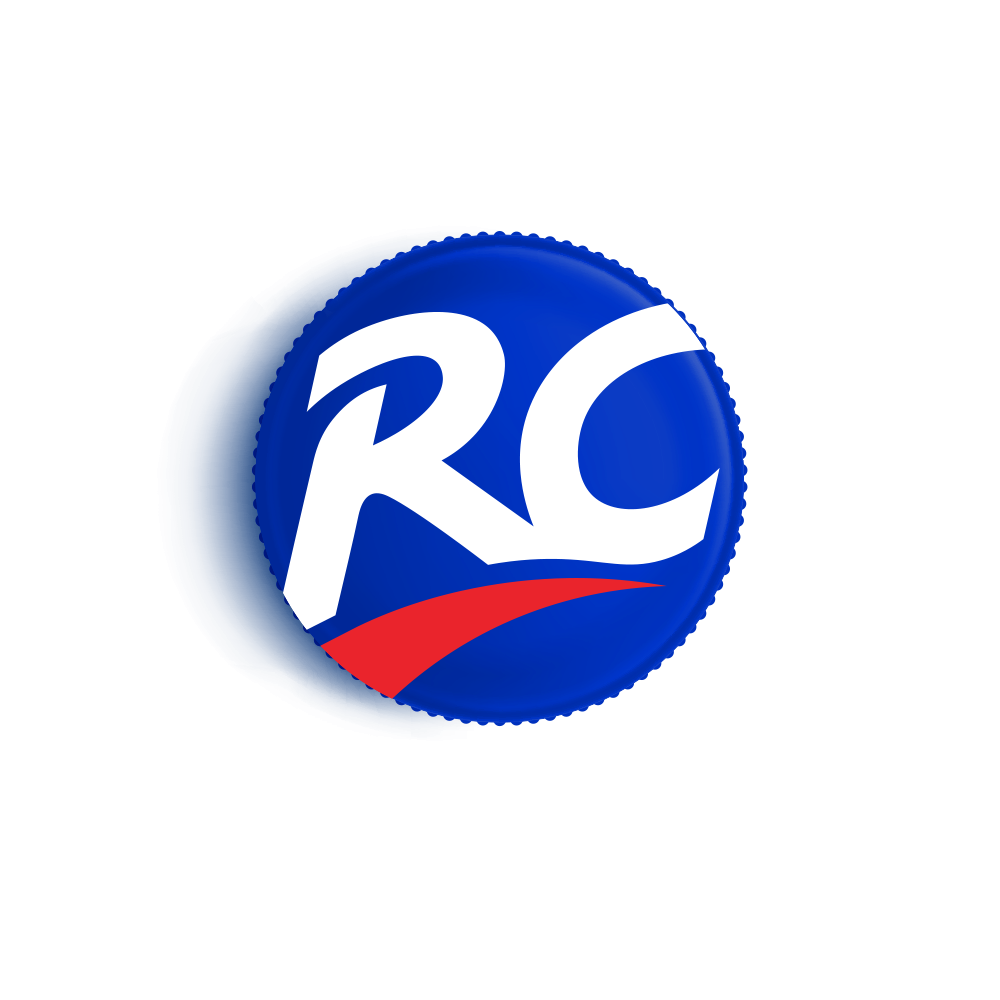Today’s consumer reality is markedly different than that of previous generations. For example: there was a time when a consumer was likely to stick with a favorite flavor, but today everyone seems to be talking about having new likes and dislikes, and these shifting trends are having a big impact on the beverages market. Distributors and bottlers today need to adapt more quickly and be more flexible in their brand portfolio management.
Diversifying and experimenting with your portfolio can be your best friend and will often yield a higher return. But expanding a portfolio in the beverage industry also means deciding on new products that reflect consumer preferences. And how do you make that decision?
RC Cola International identified five salient approaches to consider as part of your decision-making process. With an on-target understanding of these issues, you’ll be better positioned to make decisions about how to update your portfolio.
1. Consumer Segmentation
In the beverage industry, consumer segmentation means figuring out exactly who is buying your beverages. Consumers are broken down by age, gender, location, education, and occupation, as well as by softer parameters such as lifestyle, values, and what motivates consumers to make a purchase. Understanding these specifics can help you meet the needs of specific groups of people, and will allow you to make your branding and advertising more on target.
2. Purchase Situation Analysis
When, where, and why do your consumers buy beverages? Knowing which distribution channels your consumers prefer, and the types of payment methods they like to use will help you offer better shopping alternatives and increase ROI. For example, do most of your consumers like to buy drinks at the supermarket or are they placing their orders online?
In the beverage industry, purchase situation analysis also covers factors that have an influence on the decision-making process; such as consumer interest in environmental friendliness, demand for local products, and attraction to beverages perceived as healthier. If you can figure out which concerns are most significant, you can offer more attractive beverage products.
3. Competitor Analysis
If you’re thinking about introducing a new beverage, a key factor is identifying whether your competitors have already introduced a parallel product – and to what extent that product has become an established brand in the same segment.
While you’re mapping out the competition, you’ll also need to figure out your unique selling point (USP) in the beverage industry and find the right branding and marketing angle that highlights exactly how your product is different than the rest.
4. Global Market Analysis
What’s loved in New York is not the same as what’s loved in Moscow. If you’re selling beverages internationally, you’ll need to adapt your product portfolio to meet local expectations. Being organic might be crucial in Spain but not in Finland, where environmentally-friendly packaging perhaps is key. And some regions prefer sugary products while in other areas, sugar is a disadvantage.
5. Environmental Analysis
Geopolitical shifts, technological changes, scientific developments, new regulations, shifts in financial markets – all these issues have a great impact on our environment and can affect beverage product consumption. When you’re considering launching a new beverage product, take into account any recent regional or global developments that might impact your product’s success, and explore new business models that leverage technological innovations.
Identify the Gaps in Your Beverage Portfolio to Improve Your Bottom Line
By exploring and identifying gaps in your current portfolio, you can figure out how to choose the best beverages to produce or distribute. You’ll uncover new trends and be better equipped to determine which products to introduce or eliminate. If you’re looking to expand your product offerings, first stop and take another look at your portfolio. Assess the top five factors that have an impact in the beverage industry: consumer segmentation, purchase situation analysis, competitor analysis, global market analysis, and environmental analysis. With an on-target understanding of your consumers as reflected by these key issues, you’ll be able to make a much better decision about how to update the products in your portfolio.
To learn more about how to identify the gaps in your beverage portfolio read this eBook.




